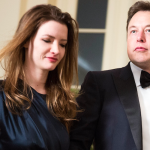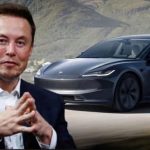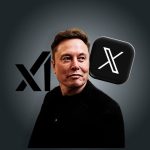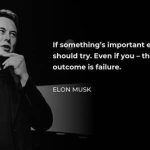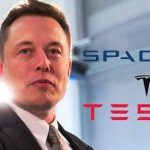The Ethical Challenges of Elon Musk’s Neuralink: A Future Perspective 🧠
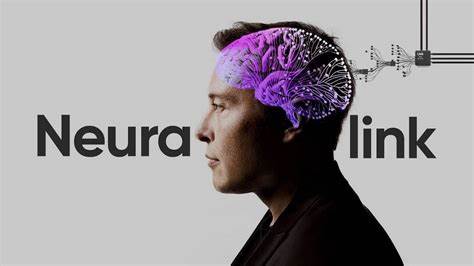
The Ethical Challenges of Elon Musk’s Neuralink: A Future Perspective 🧠
Elon Musk’s Neuralink is no longer a distant dream—it’s a tangible reality pushing the boundaries of human potential. Launched with the ambitious goal of merging human brains with machines through brain-computer interfaces (BCIs), Neuralink promises a transformative future: treating neurological disorders, enhancing cognitive abilities, and even syncing human minds with artificial intelligence (AI). As of March 29, 2025, the company has moved beyond its initial human trials, which began in 2024, marking a pivotal step toward Musk’s vision of a symbiotic relationship between humanity and technology. Yet, as Neuralink advances, it faces profound ethical challenges that could define its legacy—and perhaps the future of our species.
These dilemmas aren’t abstract; they’re rooted in the technology’s real-world implications, from its invasive electrodes to its potential societal ripple effects. Looking ahead to 2040, 2050, or even 2075, what might Neuralink mean for privacy, autonomy, equality, identity, safety, and regulation? Drawing on current developments, Musk’s own statements (e.g., posts on X in 2025), and emerging debates, here’s a speculative exploration of these ethical minefields from a future lens.
1. Privacy: Who Owns Your Thoughts? 🔒
At its core, Neuralink’s technology involves implanting tiny electrodes transelectrodes into the brain to read and stimulate neural signals 📡. By March 2025, early human trials have demonstrated the ability to decode thoughts—like moving a cursor on a screen—raising the specter of unprecedented data collection. Imagine a world by 2040 where BCIs are as common as smartphones, capturing not just actions but emotions, memories, and intentions. Who controls this treasure trove of intimate information?
Musk has promised secure systems, emphasizing encryption and user control (X, February 2025), but history shows breaches are inevitable—think of data leaks like Cambridge Analytica, magnified a thousandfold. A hacked Neuralink could expose users to manipulation by corporations tailoring ads to subconscious desires, or worse, authoritarian regimes surveilling dissent 👾. X posts in March 2025 already buzz with fears of “mind hacking,” with users warning that mental privacy could vanish in an AI-driven age. If thoughts become data, do we own them—or does Neuralink? Legal frameworks lag far behind, leaving a gaping ethical void Musk has yet to fully address.
By 2050, advanced BCIs might allow third parties to reconstruct entire experiences from neural patterns, turning the mind into an open book. Ethicists argue for a “right to cognitive liberty,” but enforcing it against tech giants or governments could prove impossible. Neuralink’s promise of empowerment might instead become a panopticon of the soul.
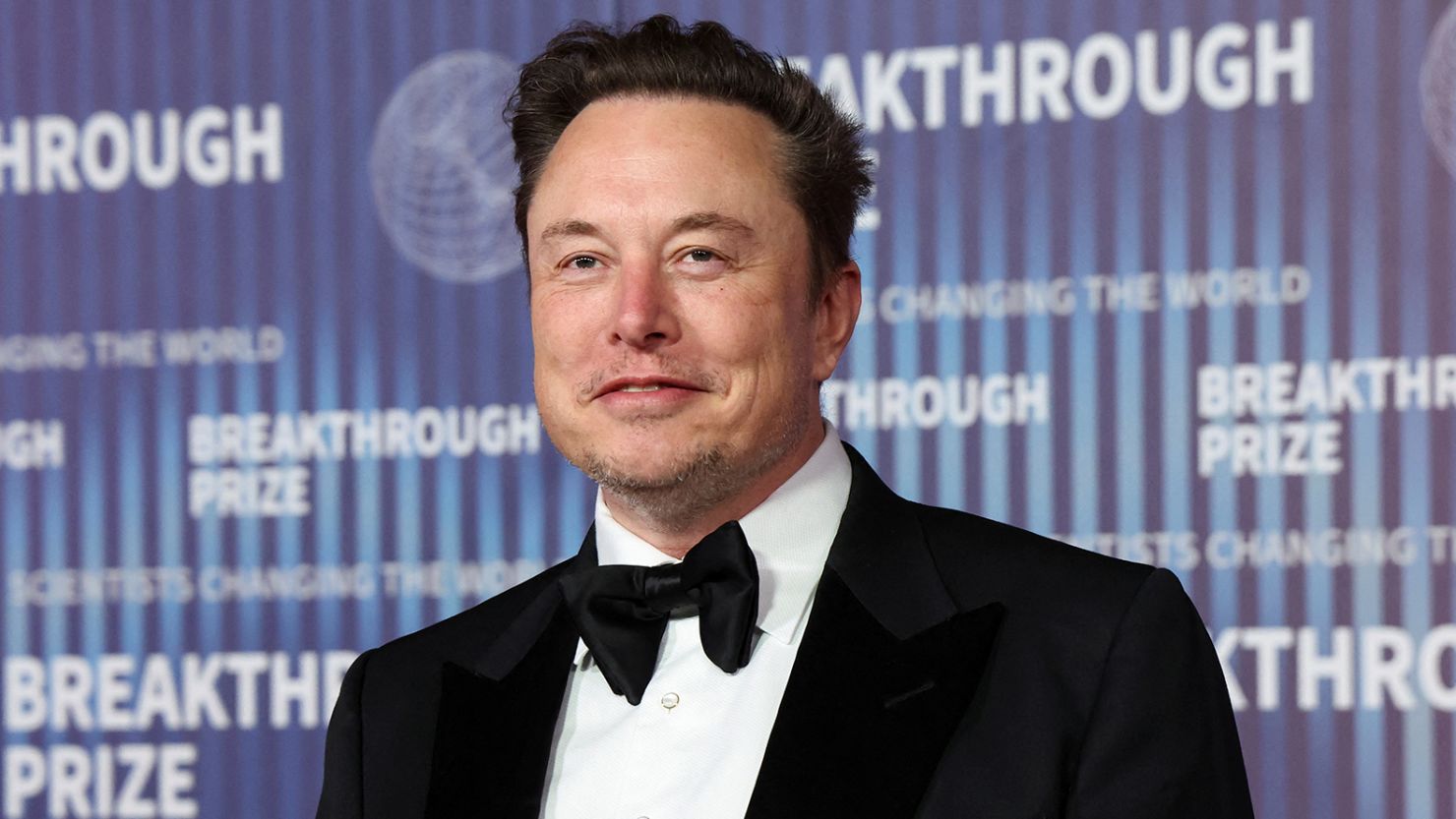
2. Consent and Autonomy: Free Will at Risk? ⚖️
Implanting a BCI requires informed consent, especially for vulnerable groups like the paralysis patients targeted in Neuralink’s 2024 trials. By March 2025, early successes—like enabling a quadriplegic to type with their mind—have sparked hope. But as the technology scales, coercion risks loom large. By 2050, could employers mandate implants to boost productivity, or governments require them for security, turning enhancement into obligation 🛠️?
Even voluntary use raises questions. If Neuralink’s AI subtly nudges decisions—say, optimizing focus by suppressing distractions—where does enhancement end and autonomy begin? Musk envisions a future where BCIs merge us with AI (New Scientist, 2024), but if that AI prioritizes efficiency over free will, users might become passengers in their own minds. X debates in 2025 highlight cases like a hypothetical soldier whose implant overrides fear—bravery or brainwashing? Ethicists demand robust safeguards, but Musk’s focus remains on technical breakthroughs, not philosophical limits. Without clear boundaries, Neuralink could erode the very agency it seeks to amplify.
3. Inequality: A Tech Divide Deepens? 💰
Neuralink’s potential—to boost IQ, download skills, or enhance memory—could redefine human capability. But as of 2025, estimated costs range from $10,000 to $100,000 per implant, pricing it for the elite. Musk insists affordability is a goal (X, January 2025), yet scaling lags behind demand. Fast-forward to 2075: a world where the wealthy become a “superhuman” class 🌟, excelling in jobs, education, and creativity, while the unenhanced struggle to keep up.
X critics in March 2025 warn of a dystopia straight out of sci-fi—think Gattaca or Black Mirror—where access to Neuralink determines life outcomes. A child with a BCI could master calculus at 10, while their unimplanted peer falls behind 📚. Employers might favor augmented workers, widening economic gaps into cognitive ones. Musk’s vision of universal benefit hinges on mass production, but market dynamics often favor profit over equity. If Neuralink becomes a luxury good, it could entrench privilege, turning human potential into a paywall rather than a birthright.
4. Identity: What Makes Us Human? 🤔
Merging with machines challenges the essence of humanity. By 2060, Musk predicts Neuralink users could “download” knowledge or fuse with AI (New Scientist, 2024), blurring the line between biology and technology. Are we still human—or cyborgs? Early adopters might face identity crises: if a BCI writes your novel or solves your equations, whose achievement is it? Society could fracture over “natural” versus “augmented” beings 🌐, with purists rejecting implants as a betrayal of humanity’s core.
Musk acknowledges the philosophical weight, calling it a “tough one” (X, March 2025), but offers no clear answer. By 2075, if BCIs alter personality—say, muting anxiety or amplifying confidence—users might evolve into versions of themselves unrecognizable to their past. Cultural rifts could deepen, with some embracing augmentation as progress, others decrying it as a loss of soul. Neuralink’s technical triumphs might outpace our ability to define what “human” means, leaving us adrift in a post-human paradox.
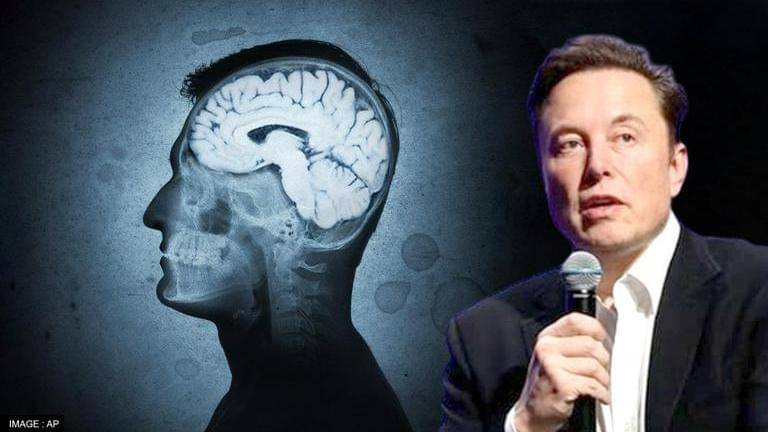
5. Safety and Accountability: Risks of the Unknown ⚠️
Neuralink’s threads pierce the brain—an invasive leap from wearables. Early animal trials drew scrutiny, with reports of monkey deaths from hemorrhages or infections (WIRED, 2022). Human trials in 2024 minimized such risks, but by March 2025, concerns persist: rejection, scarring, or unforeseen glitches. By 2050, long-term effects—brain damage, dependency, or psychological shifts—could surface as first-generation users age.
If a Neuralink malfunctions—say, frying neurons or triggering seizures—who’s liable? Musk? The company? Regulators? X debates in 2025 demand transparency, citing Musk’s slow response to past Tesla safety critiques. Without rigorous, public testing, Neuralink risks echoing early medical disasters like thalidomide. Musk touts iterative improvement (Forbes, 2024), but the brain isn’t a car—failure here could be irreversible. Safety must match ambition, or Neuralink’s legacy could be marred by unintended harm.
6. Regulation: A Global Puzzle 📜
Neuralink operates in a legal gray zone. By March 2025, U.S. approval for human trials came with caveats, but global standards remain patchy. By 2075, if BCIs go mainstream, nations might diverge—some banning them as unethical, others racing to dominate the tech 🌍. Musk favors light oversight (Forbes, 2024), arguing it spurs innovation, but ethicists demand strict rules on data, consent, and equity to prevent exploitation 🚧.
Imagine a 2050 where China mandates BCIs for students, Europe bans them for privacy, and the U.S. lets markets decide—chaos ensues. Cross-border data flows could spark conflicts, with hackers in one nation targeting implants in another. Without a unified framework, Neuralink risks becoming a geopolitical flashpoint or a tool for rogue actors. Musk’s push for speed might outstrip regulators’ grasp, leaving ethical gaps to fester.
Conclusion: Balancing Progress and Principles ✨
Neuralink stands at a crossroads—its future could enhance lives or reshape humanity in ways we can’t undo. Privacy 🔒, consent ⚖️, and equality 💰 dominate the discourse, testing Musk’s vision of an AI-human symbiosis. Success might unlock a golden age of health and intellect; failure could ignite backlash, from lawsuits to bans. As of March 29, 2025, Neuralink’s human trials hint at promise, but its ethical challenges loom larger with each step.
Will it balance progress with principles, or push us too far, too fast? Musk’s track record—turning Tesla and SpaceX from long shots to leaders—suggests he thrives on audacity. Yet, the brain isn’t a rocket or a car; it’s the seat of our humanity. Neuralink’s legacy hinges on navigating these minefields with care, lest its quest to transcend limits costs us what makes us human 🌌.

